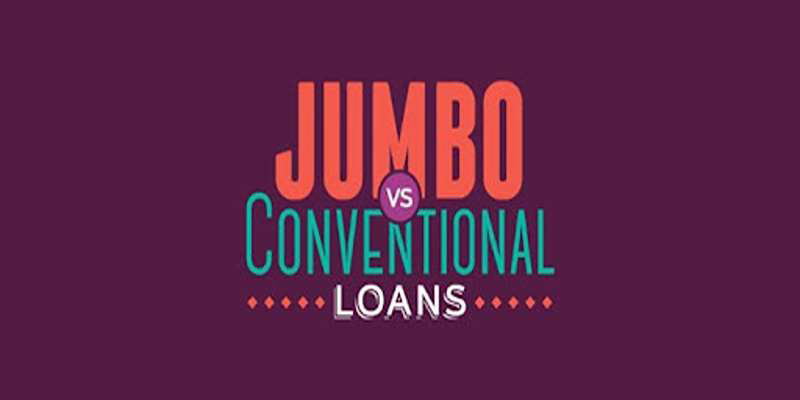CDFIs (Community Development Financial Organizations) are private sector financial institutions that primarily focus on personal lending and business development activities in poorer local areas needing revitalization in the United States Department of the Treasury by filling out an application. They can also get money from the private sector, such as individuals, businesses, and religious groups. The Act helped ensure that businesses could get loans in poor areas and that people could get loans for homes without worrying about things like "red-lining," which is a bad and often racist practice. In the 1970s, the effects of the recession led the government to take drastic steps to stop money from leaving cities. Here you will learn what are community development financial institutions.
Understanding CDFI (Community Development Financial Institution)
Investing in the community usually means putting money directly into poor areas through microfinance banks, loan funds, community development banks, and credit unions. Community investing is closely related to socially responsible investing. It focuses on making poor communities more economically stable by giving them access to banking services and small loans to fund businesses, non-profit groups, and projects to build affordable housing.

CDFIs (Community Development Financial Institutions) focus on meeting the needs of the poor and working class in urban and rural areas. Through community redevelopment, the goal is to help this group of people become more financially independent and give more to the growth of the economy as a whole. Here you will find out what are some characteristics of a community development financial institutions (cdfi) loan.
How Do CDFIS Work?
Congress set up community development banking in 1994 to help people not served by traditional banks. As part of the U.S. Treasury, CDFIs can often help first-time homebuyers and small businesses get low-cost mortgages and loans. They can also help people rebuild their credit by giving them small loans called "credit-builder loans." Giving credit to people in the community helps keep the local economy stable and healthy.
CDFIs can help people who need it most to save money. For example, suppose you need to borrow $500 but don't qualify for a traditional bank loan. In that case, a payday lender might offer you an interest rate of 400% yearly. Even if you don't have great credit, you might be able to get a loan with an 18% interest rate from a CDFI. That could save you a lot of money in interest.
The CDFI Fund Helps Improve Communities
The CDFI Fund is a federal program that helps underserved people and community access capital and grows their local economies. It does this through its CDFI (Community Development Financial Institution) Program, which provides loans, investments, financial services, and technical assistance. The fund also gives Community Development Entities tax credits, which they can use to attract private investment and put back into low-income communities.

Its Bank Enterprise Award Program encourages banks to invest in their communities and other CDFIs by giving them money. The CDFI Bond Guarantee Program helps CDFIs that invest for community or economic development purposes by giving those bonds.
Different Kinds of CDFIs
Venture capital funds, community development banks, credit unions, and loan funds are the four types of CDFIs. Each has a different business model and legal structure. Still, they all have the same goal of making economic opportunities better for everyone.
Banks For Community Development
Community development banks help rebuild areas that are struggling economically by giving out loans and making investments. They are businesses that make money and have community members on their boards of directors. Depending on their charters, these banks are regulated by the FDIC (Federal Deposit Insurance Corporation), the Office of the Comptroller of the Currency, the Federal Reserve, the state banking agencies, and the Office of Thrift Supervision. The FDIC backs their deposits.
Credit Unions for Community Development
Community development credit unions encourage low-income people to own assets and save money. They also offer low-cost loans and retail financial services, often focusing on minority communities. They are not-for-profit financial groups owned by the people who use them. The National Credit Union Administration (NCUA), a separate federal agency, state agency, or both, is in charge of regulating credit unions. Most banks are also covered by the NCUA for deposits (National Credit Union Administration).
Loans For The Development Of Communities
Community Development Loan Funds (CDLFs) help businesses, organizations, and people in low-income areas get loans and help them grow. There are four main types of loan funds: those for microenterprises, small businesses, housing, and organizations that support the community. Most CDLFs are non-profit and run by boards of directors made up of people from the community.




